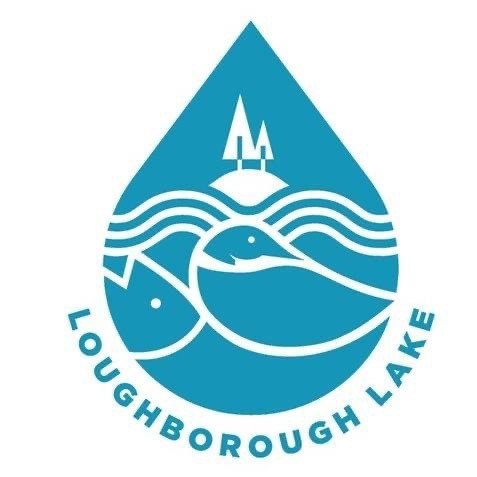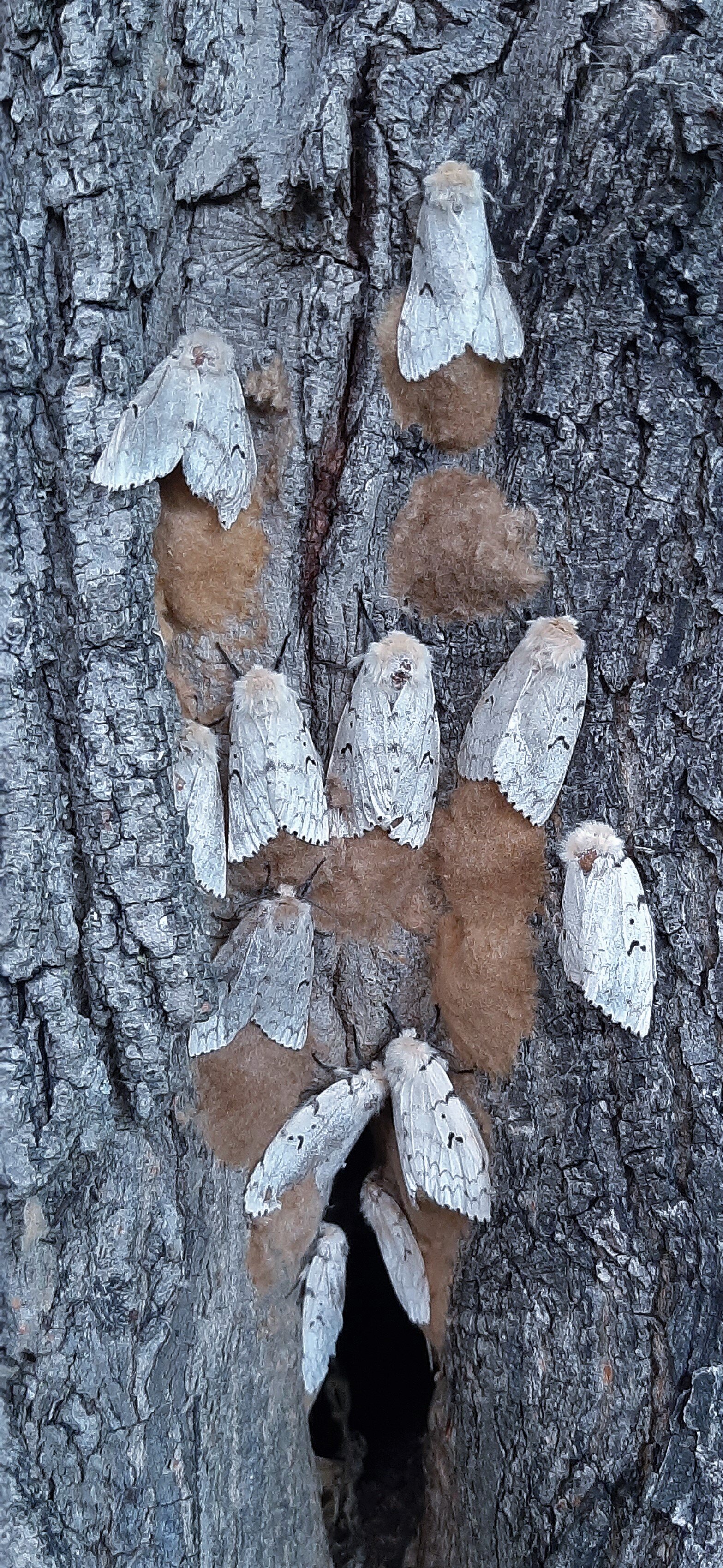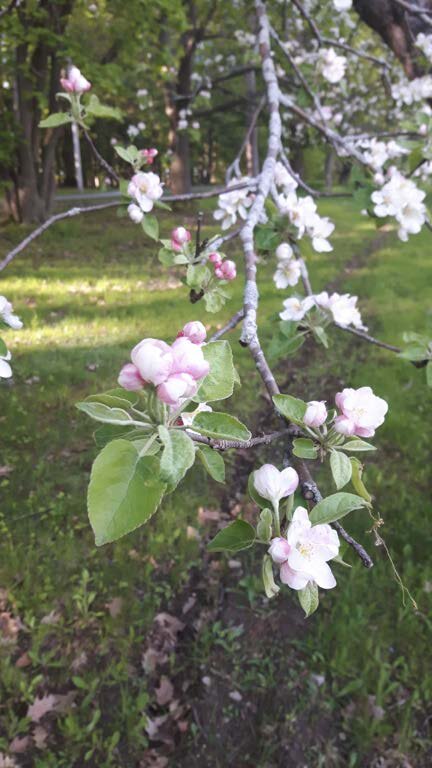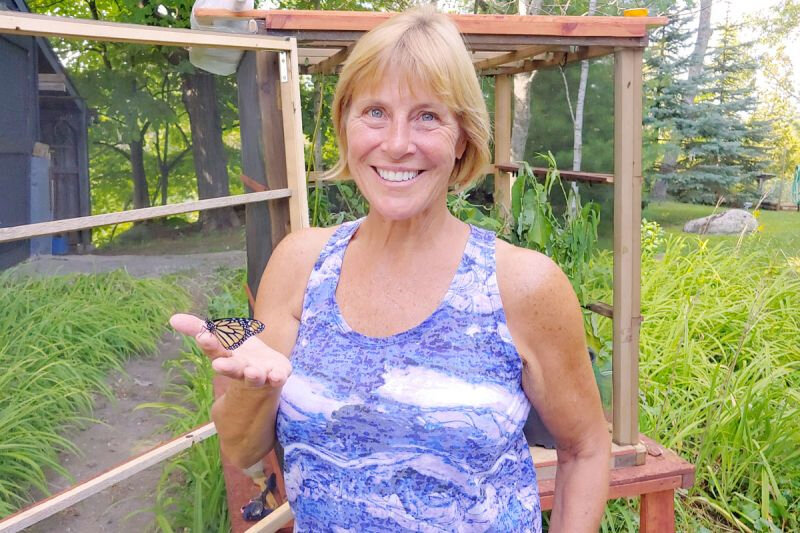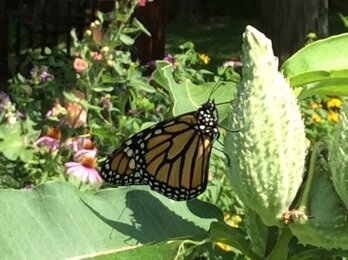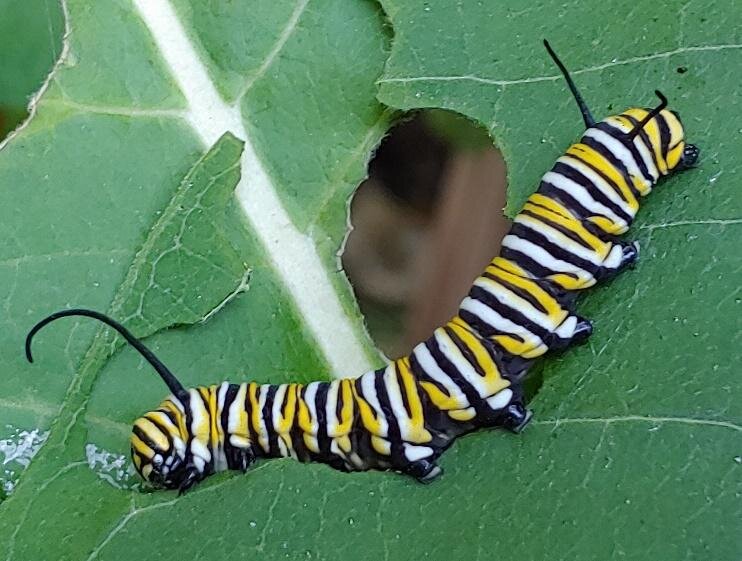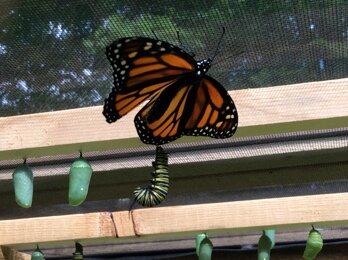
Trees (Do we understand how important they are?)
Do you remember as a child, sitting under a big tree safe from the sun? Perhaps reading, maybe playing with friends, or just sitting and listening to the breeze as it rustles the leaves. Do you recall the wonder you had as you watched this tree and those around it grow, change colors in the autumn, fall dormant in the winter and come back to life the next summer?
Do you remember as a child, sitting under a big tree safe from the sun? Perhaps reading, maybe playing with friends, or just sitting and listening to the breeze as it rustles the leaves. Do you recall the wonder you had as you watched this tree and those around it grow, change colors in the autumn, fall dormant in the winter and come back to life the next summer?
As children we see trees differently. We see them as majestic beings who allow us to climb them and rest between their branches. As children we view trees with wonderment. We do not always understand why, but we know they are important.
Trees are living beings of this planet. They are the guardians of the soil and the air. They provide shelter and homes for the birds and animals, not to mention the shade and fascination they provide to little children.
We may understand that trees convert carbon dioxide to sugars and as a biproduct produce oxygen. We may understand that human impact on this earth has been to create excessive amounts of carbon dioxide thus impacting our climate. But do we view trees as the answer to our climate crisis? Ok maybe not the only answer but they are an important part of the answer.
A typical tree can absorb approximately 21 kilograms of carbon dioxide (CO2) per year. Over its lifetime one tree could absorb approximately a ton of CO2. So, it is true that if a single tree absorbs approximately 21 kilograms of CO2, then every tree we remove reduces the carbon absorption by the same amount and we now must find alternate ways to deal with that carbon.
Trees also enhance soil health by drawing nitrogen from the air and transferring it to the soil through their roots and leaf litter, replenishing exhausted soils with rich sources of organic nutrients. They can also bring nutrients from deep in the soil to aid crops with shallow roots. Farms that are surrounded by trees require less chemicals to help our food grow.
Trees have a family structure and in a single forest, a Mother Tree can be connected to hundreds of other trees. The Mother Tree sends carbon to other seedlings in the neighborhood as well. Additional research has shown that large hub trees (that we call Mother Trees) transmit carbon through the mycorrhizal network to young seedlings in need.
So, while planting one tree may not seem like it makes much of a difference, keep in mind that it is the beginning of something bigger. Once upon a time no one recycled and some thought how can one person make an impact on waste reduction – but we have – most communities, individuals and more importantly industries use recycling programs to cut down on waste and reduce pollution. Although we, as individuals, are not solely responsible in clear-cutting forests, we can all take time for thought regarding what it is that trees can do for our planet. And yes, plant a tree for your children and your children’s children and every future generation.
Manicured lawns are a thing of the past. Biodiverse properties will help save our planet.
References
The Mothertree Project. Org, https://mothertreeproject.org/about-mother-trees-in-the-forest
https://www.nwf.org/Trees-for-Wildlife/About/Trees-Make-a-Difference
Camping on Crown Land
Loughborough Lake is home to several Crown islands - this is land owned by the federal or provincial governments. Authority for control of these lands rests with the Crown, hence their name. In Ontario, the Ministry of Natural Resources and Forestry (MNRF) is guardian of Ontario Crown land.
About 77% of Ontario's land is made up of Crown land managed under the Public Lands Act. An additional 10% of Crown land is held as provincial parks and conservation reserves. More than 95% of northern Ontario is Crown land. There is very little Crown land in southern Ontario due to high levels of population settlement.
Loughborough Lake is home to several Crown islands - this is land owned by the federal or provincial governments. Authority for control of these lands rests with the Crown, hence their name. In Ontario, the Ministry of Natural Resources and Forestry (MNRF) is guardian of Ontario Crown land.
About 77% of Ontario's land is made up of Crown land managed under the Public Lands Act. An additional 10% of Crown land is held as provincial parks and conservation reserves. More than 95% of northern Ontario is Crown land. There is very little Crown land in southern Ontario due to high levels of population settlement.
Under Ontario's Public Lands Act, all Canadian citizens are allowed to camp on Crown land for free for a maximum of 21 days. After that you must move your camping equipment a minimum of 100 meters from your previous site to be entitled to another 21 days. You are not allowed to camp on your previous site for a year. Not all Crown land is available for camping so you should check with MNRF before heading out as you can be fined for camping on prohibited Crown land.
Fines can be hefty if you leave camping equipment on a site for longer that 21 days- up to $15,000(!) with an additional fine of $1,000 for each day the offense continues.
Over the years the Lake Association executive has placed privies on the camping approved islands and most of these islands are busy in the summer. The Lake Association also does some fall clean-up on the busiest sites.
This consists mainly of picking up garbage and broken glass. Recently we were informed of an informal campsite that had sustained a lot of damage, as shown in the picture.
We are reminded that some people are not respectful of this gift of free camping on an island on our beautiful lake. Relying on people’s good nature to leave a site tidy and nature unharmed sometimes does not work. Thankfully they are in a minority.
2021 Year End Financial Report
2021 was a more normal year than its predecessor but still a year restricted by COVID issues. Fully vaccinated Americans were belatedly permitted to cross the border in August. It was decided to have a get-together, fully distanced and masked, of course, outdoors AGM but then the weather had other plans and for the second year, the meeting was virtual.
2021 was a more normal year than its predecessor but still a year restricted by COVID issues. Fully vaccinated Americans were belatedly permitted to cross the border in August. The executive decided to have a fully distanced and masked, outdoors AGM but the weather had other plans and for the second year, the meeting was virtual. We did get back to soliciting advertising albeit with some changes to advertising costs that did not include Lake Association memberships. Our association newsletter was set up to be on the web rather than in a paper newsletter. The major projects during the year continued to be Johnston Point and securing a name change to the Battersea Loughborough Lake Association name.
2021 expenses were less than 2021 revenues; we added $367 to assets by year end. However deferred revenues were $600 lower at year end, so the ending cash, bank and GIC position was $233 lower ($367 - $600). Asset balances now stand at $9,152.
This still puts the Lake Association on a solid financial footing. There should be a large increase in deferred membership revenue this year – we are expecting that we will get 65 or more renewals now that the popular 3-year memberships that were introduced in 2019 will come up for renewal.
Johnston Point – Environmental Rights Nowhere in Sight
Enshrined in our Environmental Bill of Rights (EBR) is the right of all Ontarians to participate in decisions that significantly impact our natural environment and our future. Sadly, never in the history of our Lake Association has there been a more environmentally significant provincial decision rendered so environmentally insignificant. Public participation in decision-making on Johnston Point over the course of the last seven years has been fueled by the conviction that if this Plan of Condominium is allowed with the multiple layers of provincial protection and diversity of species at risk for the mere sake of 15 houses, then NO place in Ontario is sacred from development.
Enshrined in our Environmental Bill of Rights (EBR) is the right of all Ontarians to participate in decisions that significantly impact our natural environment and our future. Sadly, never in the history of our Lake Association has there been a more environmentally significant provincial decision rendered so environmentally insignificant. Public participation in decision-making on Johnston Point over the course of the last seven years has been fueled by the conviction that if this Plan of Condominium is allowed with the multiple layers of provincial protection and diversity of species at risk for the mere sake of 15 houses, then NO place in Ontario is sacred from development.
The County’s granting of a 3rd extension for Johnston Point this past January speaks volumes. The public was refused a County delegation and Township Council was forced into a situation of not formally commenting under threat of “potential litigation and liability exposure if there is anything done to try and prevent this from moving forward.” That is not to say that Township Council did not comment. The public recording of their council discussion clearly captures their frustration and exasperation as they are explicitly advised to “not make a motion against the application or against the extension.” As summed up by one councillor, “History has shown that in this particular file the County of Frontenac seems to be more than happy to extend draft plan approval as many times as they wish, without referencing this body at all.” Jan 12, 2021 Township Council Meeting
Johnston Point is home to six independently documented species at risk on the Ontario list - Butternut (endangered), Myotis Bat (endangered), Blanding’s Turtle (threatened), Gray Ratsnake (threatened), Eastern Whippoorwill (threatened) and Snapping Turtle (special concern). The Township’s independent expert peer review noted suitable habitat for nine other species at risk that have never been independently assessed - Cerulean Warbler, Least Bittern, Eastern Wood-PeWee, Wood Thrush, Golden- winged Warbler, Milksnake, Eastern Ribbonsnake, Northern Map Turtle and Broad Beech Fern. Species at risk habitat on Johnston Point is part Provincially Significant Wetland, Provincially Significant Woodland, Provincially Significant Wildlife Habitat and Fish Habitat, and Area of Natural and Scientific Interest (ANSI) identified and recommended for protection by the MNRF in 1993. (All species at risk and the ANSI designation had been overlooked in the developer’s environmental assessments of Johnston Point). As stated in the Natural Heritage Reference Manual: “ANSIs play an important role in the protection of Ontario’s natural heritage, since they best represent the full spectrum of biological communities, natural landforms and environments across Ontario outside of provincial parks and conservation reserves.”
There is global significance too. Loughborough Lake and surrounding area was designated in 2002 as an UNESCO (Organization) Biosphere Reserve known as the Frontenac Arch. Ironically, in the weeks prior to the County’s granting of the 3rd extension, Johnston Point was featured in Striking Balance, a documentary series on Canada’s Biosphere Reserves, to spotlight development that threatens the Frontenac Arch’s connectivity, biodiversity and species at risk, which is the essence of the biosphere.
“Environmental standards could not be more elevated. It is unfortunate and regrettable and deplorable that the project, and those standards have not been respected here before...... all your comments which are completely justified and make perfect sense.” (Gavin Marshall, Principal, Magenta Waterfront Development Corp. June 4, 2019).
This was the developer’s own admission in requesting the first extension when the Conditions of Draft Plan approval for Johnston Point were set to expire for the first time. It should have been reason enough for government, at every level, to support the corrective action Township Council took then in voting 6-2 to stop development from proceeding. The CRCA and the MNRF had no comment. Yet, they are the experts our government has repeatedly stated it relies on to ensure environmental protection and assessment of the Natural Heritage. The County, as final approval authorities, also chose to ignore fundamental environmental implications of the developer’s admissions and Township Council’s recommendations. Neither the public nor Township Council were aware of the second extension until after the fact. It was granted by the County in a “Special Council Meeting to Consider the 2020 Budget” only days after the declaration of the COVID-19 state of emergency.
Since proposal of this development in 2014, Township Council have been the acting authority on Johnston Point directly engaged in implementation of the Conditions of Draft Plan Approval. The three County extensions make a mockery out of Township Council’s effort to uphold environmental mandates and the democratic process that has provided vital public scrutiny to assist in their environmental decision- making. They parallel the Ford Government’s hammering away at environmental protections from the top down to further streamline development.
2018. Amendment of our Environmental Bill of Rights to terminate the Office of the Environmental Commissioner (ECO) - the legal guardian of our EBR which the public relies on as our independent environmental watchdog. That announcement came the day after the MNRF posted notice of an Overall Benefit Permit for Johnston Point and the ECO released her annual Environmental Protection Report citing Johnston Point “as an example of how the public’s environmental concerns are often left out of the municipal planning process.” In her 2017 Environmental Protection Report, the ECO had highlighted the systemic “utter failure” of our government to address species at risk: “... The MNRF has never denied an ESA permit [ie Overall Benefit Permit] to any applicant ... Big Changes Needed to Protect Species at Risk. The ECO still stands behind the ESA in principle – it is a good law that has the potential to protect and recover species at risk. But as we have now reported on many occasions, the MNRF has utterly failed to implement the law effectively. With each passing year, the extent of this failure becomes more clear – the ministry has reduced what should have been a robust system for protecting species at risk to what is largely a paper exercise. The MNRF is failing to not just protect species at risk as intended under the law, but also to lead effective recovery programs. In the best case, the MNRF has created a system that leaves itself with a minimal role to play; in the worse case, it has a created a system designed to fail”.
2019. The 10-year review of Ontario’s Endangered Species Act (ESA) with amendments that “streamline approvals and provide clarity to support economic development” (Environmental Registry # 013-4143). The ECO’s 2017 annual report could not have been clearer on the need to strengthen the ESA for its intended purpose. Gordon Miller, our former ECO (2000 to 2015), warned of the dire environmental consequence on Johnston Point: “Putting a condominium development along nearly its entire length is an extreme case of conflicting values – between species at risk conservation and residential development ...On Johnston Point, the species and habitat loss will be absolute...” ER Statement Gord Miller
2020. Section 6 amendment to the Conservation Authority Act under Bill 229. The Canadian Environmental Law Association (CELA) called it “ the most recent, in a disturbing trend ... of using omnibus budget measures bills to make substantive changes to environmental laws and thereby sidestepping the public’s EBR rights.” It harkens back to 2014, when the County first asked the CRCA for an assessment of the Johnston Point proposal, and the CRCA immediately called for deferral over species at risk concerns and the need for the protection of natural heritage features. CRCA assessment Aug 8, 2014.
The history of decision-making on Johnston Point is testament. Only in principle do environmentally significant provincial decisions seem to matter for our government. Other than in rhetoric, our government expressly chooses to prioritize economic development over rising to the challenge of protecting our rights to a healthful environment and ensuring we achieve what are now widely understood as existential goals of protection, conservation and restoration of the natural environment for the benefit of present and future generations. In these historic provincially significant times, and in the face of unprecedented uncertainty, we the people seem to be left void of trust, leadership and agency. The campaign to protect and restore this local gem and provincial Natural Heritage treasure has been nothing short of a campaign to reclaim environmental policy and legislation for its intended purpose and our common good. It is about Striking Balance, continuing to shine Johnston Point as the provincially significant environmental decision that it truly is, and letting it speak to the heart of protecting and restoring Ontarian’s Natural Heritage and environmental rights for generations to come.
Gypsy Moths
Gypsy moths caused a large amount of damage to trees in our region in the spring and summer of 2020. Many trees were devastatingly defoliated by hungry gypsy moth caterpillars. You may have first noticed small black hard bits underfoot on paths and docks. I wondered what it was. It turns out it was the gypsy moth caterpillars’ droppings called frass.
Gypsy moths caused a large amount of damage to trees in our region in the spring and summer of 2020. Many trees were devastatingly defoliated by hungry gypsy moth caterpillars. You may have first noticed small black hard bits underfoot on paths and docks. I wondered what it was. It turns out it was the gypsy moth caterpillars’ droppings called frass. Some people actually heard and felt it dropping from oak trees – one of their favourite trees. Also on their menu are poplar, birch, maple, willow, apple and even conifers such as white pines and spruce trees. The defoliation was quite widespread in southern and eastern Ontario.
Gypsy moths with eggs.
The introduction of this invasive moth to North America is an interesting story. It was brought to Massachusetts from France in the late 1860s by an entomologist with an interest in silk production. Moths accidentally escaped and have been breeding and spreading across the northeastern U.S. into Ontario, Quebec and the Maritime provinces since then.
Here is a brief outline of the life cycle of the moth. The gypsy moth overwinters as an egg in brownish clusters of 500 or more laid on tree bark, in dark outside areas of homes, under lawn furniture, decks and in wood piles. Once the eggs hatch, the tiny caterpillars will migrate from lower areas of trees and buildings to treetops. Each caterpillar then weaves a long silken thread from which it hangs waiting for wind to carry it to a new tree. This is the only silk it will produce. Once on a tree, it feeds on the leaves or needles. The caterpillar is recognizable by a dark brown body with pale brown hairy tufts and 5 pairs of blue dots followed by 6 pairs of red dots. Approximately 6 weeks later, the 1/16” caterpillar has grown to 3” in length. At this point, it will begin to pupate. The moths appear 13-17 days later and do not feed. Male moths are dark brown with black markings and females are white, larger and do not fly. The females begin to lay eggs and the cycle starts again.
How can you control the damage these moths inflict on your trees? Well, for us it is not easy nor all that effective. Mother Nature does a better if not a particularly fast job. There is a naturally occurring fungus called Entomophaga maimaiga that will kill the moth. Cool wet weather aids its spread. A virus called (Nucleopolyhedrosis) or NPV will infect and kill the moths. Unfortunately, it needs time to replicate and spread through the population. Finally, natural enemies like songbirds, mammals, ants, beetles and parasitoid wasps will eat the pupae or caterpillars.
As a homeowner, you can remove the egg masses by scraping them into a bucket of soapy water. Once the caterpillars appear, you can hand pick them or wrap affected trees with a burlap “skirt” which will trap the caterpillars as they move up and down the trees. They can then go into the soapy bucket! A spray product containing BTK – Bacillus Thuringiensis kurstaki will kill the caterpillars once they are feeding on leaves. Or, once the moths emerge, pheromone traps that attract and catch the male moths before they can fertilize the female can be hung in trees in early summer and are available from local vendors. The internet is a good resource if you want to look further into this problem.
Thankfully, outbreaks of gypsy moths occur only every 7-10 years, though we can expect 2021 to be a continuation of this outbreak. A gradual diminution of the moths will occur as their natural predators and pathogens take over. The continual warming of the planet means we can no longer depend on extreme cold (-20 C) to kill the masses of eggs so unfortunately this invasive defoliator and its predictable outbreaks are here to stay.
2020 Year End Financial Report
A year of surprises, 2020 was a different year for Battersea Loughborough Lake Association. The virus lockdown prevented our US based residents from coming up to their cottages. Our Board of Directors decided that the slowdown in economic activity was likely to negatively impact our local businesses and took the decision not to charge for advertising in the 2020 newsletter.
A year of surprises, 2020 was a different year for Battersea Loughborough Lake Association. The virus lockdown prevented our US-based residents from coming up to their cottages. Our Board of Directors decided that the slowdown in economic activity was likely to negatively impact our local businesses and took the decision not to charge for advertising in the 2020 newsletter. Instead, we put the business cards and advertising graphics in the newsletter free of charge, a support to our advertisers who have in turn supported us over the years. We also worked to reduce our lake association expenses, by creating only one newsletter and distributing that digitally rather than using paper and the post office. The additional benefit of such is that it also reduces our carbon footprint. The AGM was a Zoom meeting, avoiding rental and refreshment charges. Web hosting costs and FOCA charges were reduced from earlier years.
There was some cost to this; our annual expenses were $407 higher than our revenues. Deferred revenues – the revenue that we receive from multi-year memberships but cannot recognize until next year or the following year – went down $620. In the end, overall cash, bank and GIC balances declined by $1,027 during the year with the total ending up at $9,385.
Despite the shortfall, the lake association is still on sound financial footing. It is expected that advertising will be solicited in 2021 and some of the cost reductions achieved in 2020 are anticipated to be ongoing.
One thing that did not happen this year was the creation of a high-falutin’ double-entry accounting system as discussed in the last newsletter. Board member Catherine Sutton and I did not get to it during the year. The existing spreadsheet accounting system held together (just fine, thanks…) and that project upgrade remains for another day.
That One Last Move
At a ‘certain age’ there often comes a dream, a longing, for a fresh move to afresh place, one last time. For some it’s a down-size, for others, just a side-size.For the brave and bold, an up-size! We had a small farm outside of Bobcaygeon, Ontario with horses, heritage large British Black pigs, laying hens and an enormous…
At a ‘certain age’ there often comes a dream, a longing, for a fresh move to afresh place, one last time. For some it’s a down-size, for others, just a side-size.For the brave and bold, an up-size! We had a small farm outside of Bobcaygeon, Ontario with horses, heritage large British Black pigs, laying hens and an enormous garden that I grew just for the fun of it. And a handful of apple trees, newly planted. Our home was made from stackwall, pulled from the cedar bush 35 years ago, hauled on Marc’s back and built into a house. It cost $670 to therafters. Family was far away, as was Peterborough for any major shopping andmedical needs. With grandchildren arriving and retirement from 9 - 5 just around the corner, we succumbed to the call for that one last move, to be closer to family and to retire to a chosen lifestyle of life on the land. Casually looking at options,we thought it would be great to match farm land with lakefront. The lookingbrought us to South Frontenac. Kingston is such a perfect larger centre with its first-rate hospitals andtransportation options, the County is so beautiful and the weather was even better!
We moved to Inverary in May, 2014 to a property with two ancient apple orchards, large hayfields, barn, pastures, a sugar bush, garden space to meet my expectations and stunning Loughborough Lake out theback door. This was a definite up-size. But it was the apple orchard that caught my eye. It was not inproduction, at all. Not a blossom was in sight the May we moved. When I was a little girl my parents had elderly Dutch friends with an apple orchard. I remember standing under one of the huge trees, branches reaching over me, covered in white scented petals. I’d never seen anything like it. The stunted crabapple in my Saskatchewan prairie backyard not exactly a close comparison. Researching, pruning, trimming, thinning, spraying with wild and wacky concoctions, experimenting, failing, pruning some more, refining the wild and wacky… after four years, we had fully restored our property’s heritage apple orchard. We maintain the orchard using organic methods only, no small task for apples as it’s not just us humans who like to munch on them! The existing varieties on the trees, all large standards and all over 65 years old, include two heritage exclusives, Canada Red Atlas and Canadian Red Melba. The Atlas is very rare and you’ll never find either at any grocery store; their flavour is spectacular, but they can’t be shipped or don’t store very well. Ergo…not commercially viable in our “store for a year and ship across the country”economy. There are also Heritage MacIntosh, Spartan, Yellow Transparent and one Hawkeye tree, which is the very original Delicious, when it was still delicious. Many new baby trees have been planted, all heritage or vintage varieties, including some famous trees from the past, but long forgotten today such as Wolf River, Belle de Boskoop, Esopus Spitzenburg and Rhode Island Greening.
Perhaps our apples taste so incredible because they are irrigated with fresh water from Loughborough Lake-! Who knows…it could be the secret sauce. What is not a secret is the beauty of South Frontenac, not only its many lakes, forests and farmlands, but its kind, welcoming and hardworking people. We are humbled and happy to be here.
The Butterfly Lady of Inverary
A year has passed since Susan Sutherland of Loughborough Lake, became affectionately known as 'The Butterfly Lady of Inverary', after word of her beautiful Monarch hatching habitats spread throughout the South Frontenac region. Her bountiful “Monarch mansions’ captured the attention of inquisitive neighbours…
A year has passed since Susan Sutherland of Loughborough Lake, became affectionately known as 'The Butterfly Lady of Inverary', after word of her beautiful Monarch hatching habitats spread throughout the South Frontenac region. Her bountiful “Monarch mansions’ captured the attention of inquisitive neighbours and fellow conservationists across Ontario, after an article was published in the Frontenac News highlighting her preservation efforts. An increase in sightings of these miraculous orange and black butterflies has been reported around the lake, thanks to Susan and many others who have created pollinator-friendly gardens and safe egg hatching havens of their own. From July-Sept 2019, Susan impressively released 155 healthy monarchs, which lead to a vast following of inspired individuals along the Monarch’s migratory path into Mexico. Among the dozens of inquiries and requests to visit ‘The Butterfly Lady’s” home, included Loughborough Public school teachers and one teacher from as far away as Toronto, asking for more information and hoping to collect eggs, caterpillars and chrysalis for their classrooms. As a result, Susan created an educational outreach program with an interpretive slideshow and an interactive portable habitat for students to witness each stage of the butterfly’s life cycle up close.
Causes for Decline: Among the many environmental factors leading to the rapid decline in the Monarch’s population is deforestation and loss of their essential habitat, the use of herbicides and pesticides, an increase in extreme weather and natural disasters due to global warming and the dwindling supply of native milkweeds that are essential for their survival. A female Monarch will lay approximately 300-500 eggs during her two to six-week lifespan, but only one out of one hundred eggs are likely to hatch in the wilderness due to a high number of natural predators. Even then, only 10% of the tiny eggs that do emerge as caterpillars will survive to become adult butterflies, which emphasizes the importance of creating a protected area for the eggs to hatch like Susan’s enclosed habitats.
What are the Consequences of the Decline? Butterflies, along with other important pollinating insects such as bees, bats and birds are an essential part of the natural food chain. They help to create and sustain healthy ecosystems that are critical for human life on earth. Simply put, without pollinators, no life forms on earth will survive.
What Can I Do To Help? Local efforts to re-populate pollinators have increased, thanks to outreach programs like Susan’s; but many more people are required to join-in and start planting in order to make a difference for the butterflies and bees. Milkweeds and nectar plants are the essential food source for the Monarch Butterfly. These can be grown in even the smallest gardens and yards, in both urban and rural areas. Other ways to help include purchasing your own Monarch hatching kit, making bat and bee houses, stopping the use of harmful herbicides and pesticides in your gardens and yard and supporting wildlife organizations. To find out more, see “Six Ways to Save Monarchs” or visit the Canadian Wildlife Federation. The survival of these life-sustaining species is in our hands. Please help “spread the word of the wings” by raising awareness and creating your own butterfly garden.
Further Reading
1. Frontenac News Article, Aug 22, 2019 The Butterfly Lady, Frontenac News, August 2019. https://www.frontenacnews.ca/south-frontenac- news/item/13391-the-butterfly-lady-of-inverary
2. Monarch Watch https://www.monarchwatch.org
